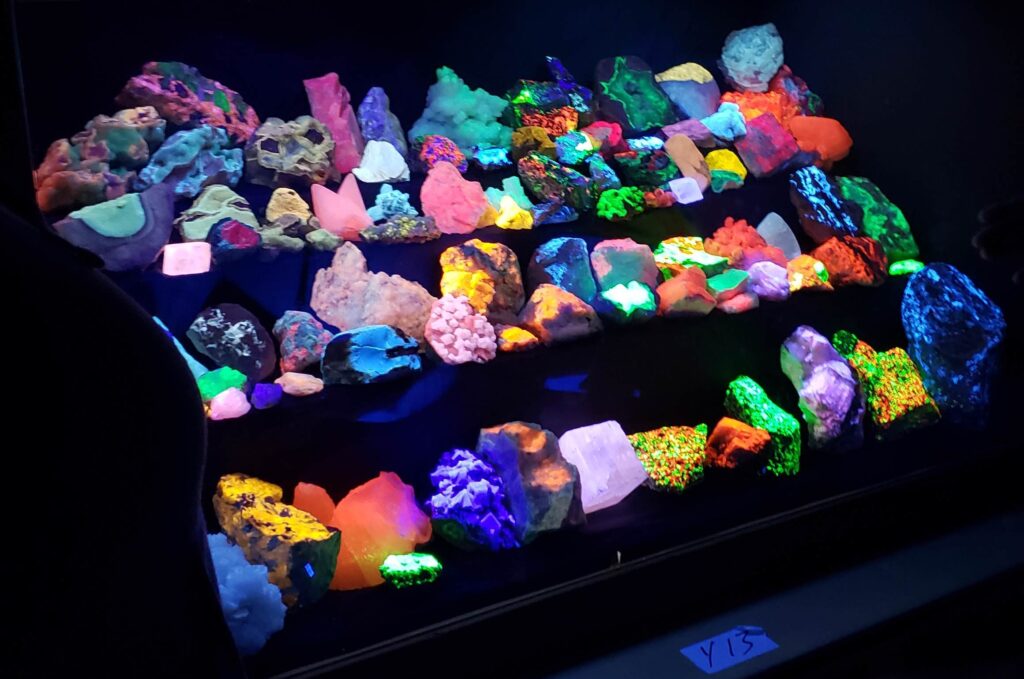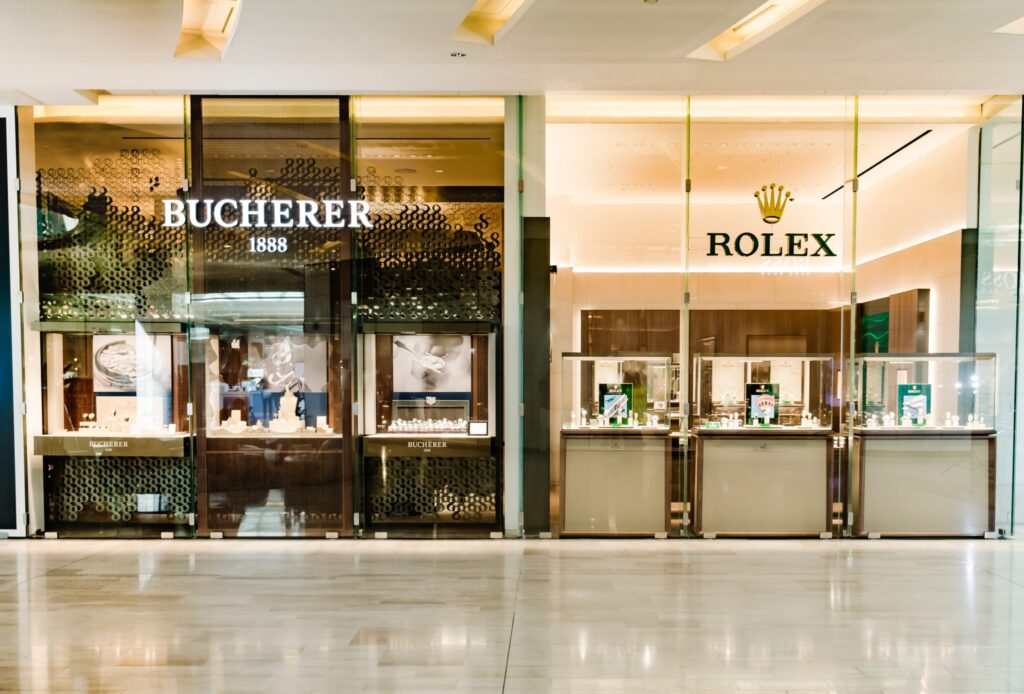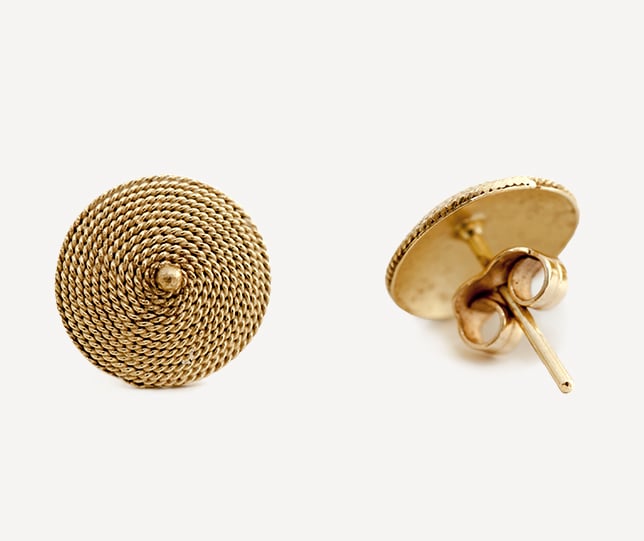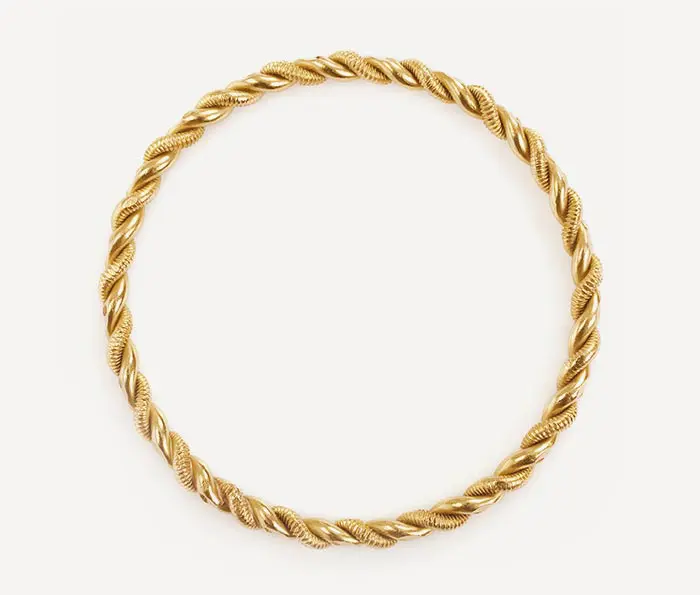Everything You Need to Know About Diamond Fluorescence
Many qualities, including the 4Cs, play a critical part in the precious stone’s quality. However, many overlook virtually invisible aspects to the untrained eye. Some of these characteristics may affect the stone’s overall value marginally, but because they aren’t visible, they won’t substantially impact the diamonds’ quality.
A fantastic illustration of one of these characteristics is diamond fluorescence. It can help reduce a diamond’s cost while not necessarily diminishing the stone’s total worth. Those who have worked in the industry for a long time can often tell the difference in looking under standard lighting. However, until seen under ultraviolet lighting, the fluorescence in a diamond is not visible to the untrained eye.
What is Diamond Fluorescence?

A colorless diamond is entirely devoid of any complex components. Only, it’s unheard of to come across such a gift. Diamonds are precious stones made up of various complex elements that have been absorbed over millions of years. The different features that make up the composition determine what form of diamond it is. Nitrogen, boron, and aluminum are additional elements that can be incorporated into the diamond’s constitution and create fluorescence.
Fluorescence is the combination of several elements that results in this beautiful glow. Fancy Color Diamonds can come in various shades or colors, including blue, yellow, white, orange, green, and pink, depending on the stone’s structure. Fluorescence in colorless diamonds is usually limited to a yellow or blue tinge. The GIA created a grading system to evaluate the illumination intensity because diamond fluorescence can vary in intensity.
➢ None
➢ Faint
➢ Medium
➢ Strong
➢ Very Strong
You can simulate the effect with conventional black light if you don’t have access to an ultraviolet bulb.
How Everything Began

Diamonds were formed millions of years ago, far beneath the earth’s surface. As they were created, these stones absorbed trace elements of many minerals over time. The components absorbed into the stone’s constitution are responsible for the formation of vibrant colors and a stunning fluorescent glow. Only around 35% of rocks on the market now have fluorescence, and only about 10% have enough fluorescence to change their appearance when exposed to ultraviolet light.
Diamond Fluorescence’s Effects
Certain compound elements are now more than ever admired for their effect on precious stones. According to several dealers, fluorescence is regarded as a negative trait in the diamond industry. As a result of the reduced grade of the rock, the price of diamonds with this addition is usually significantly reduced. However, there are two things to keep in mind concerning this very incredible phenomenon:
➢ Under ultra violet lighting, the fluorescence in a diamond can only be seen by the untrained eye. Under direct sunlight, even a very bright fluorescence will appear relatively weak.
➢ It can occasionally contribute to the color of the stone depending on its hue and the color of the light.
Another thing to consider is that, despite the slightly negative reputation, it can be a great way to get your hands on a magnificent stone that is just a little bit out of your price range, especially if it is a fancy color diamond with a color that is rarely damaged. The cost will very certainly be decreased as a result of the addition. Depending on the strength of the fluorescence, you may be able to negotiate a lower price.
Furthermore, thinking about what you intend to do with the diamond is critical. If you want to put more than one diamond on a piece of jewelry, for example, each stone’s various hues may appear unbalanced when placed next to one another. Don’t let this deter you from creating a lovely piece of jewelry, though. If done correctly, perhaps with expert guidance, the result can be breathtaking.
Colored Diamonds with a Twist

The fluorescence in most fancy colored diamonds may not lower the stone’s luminosity. Surprisingly, when combined with the color combination of the diamond, the radiance can sometimes complement each other. These remarkable phenomena can assist enhance the wonder of color under the right conditions. It’s not uncommon to come across a yellow diamond with fluorescence. However, the intensity of illumination is usually relatively low. When buying a yellow diamond, question the vendor about the fluorescence
and how it affects the stone. It might not be evident in some circumstances. In some cases, it can also give the stone a little brownish hue or even a milky look.
Pink diamonds, on the other hand, are tough to come by without fluorescence. Because the addition is so prevalent, especially in Argyle pink diamonds, even a high grade will not detract from the stone’s value. On the other hand, a pure blue diamond will have no fluorescence. If fluorescence is discovered, it most likely signifies that the diamond is slightly coupled with a greenish overtone. However, fluorescence is rarely evident. The rarer something is, the more people want to get their hands on it, just like anything else. Some people regard certain hues of fluorescence to be collector’s items. A red glow, for example, is so uncommon that it is praised when it is discovered. Make sure to inquire about the jeweler’s suggestions for stones.
Above all, you should be satisfied with the diamonds you acquire. Be sure to chat with the retailer you’re working with and get all the details upfront. Examine the stone in various lighting conditions and always read the certificate.









